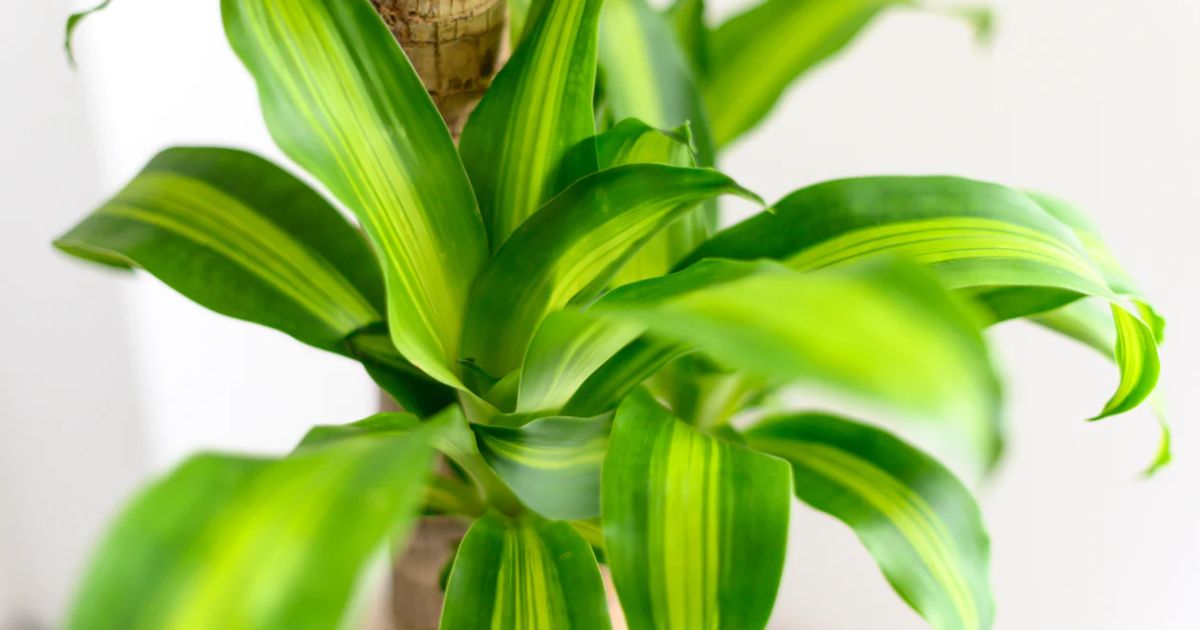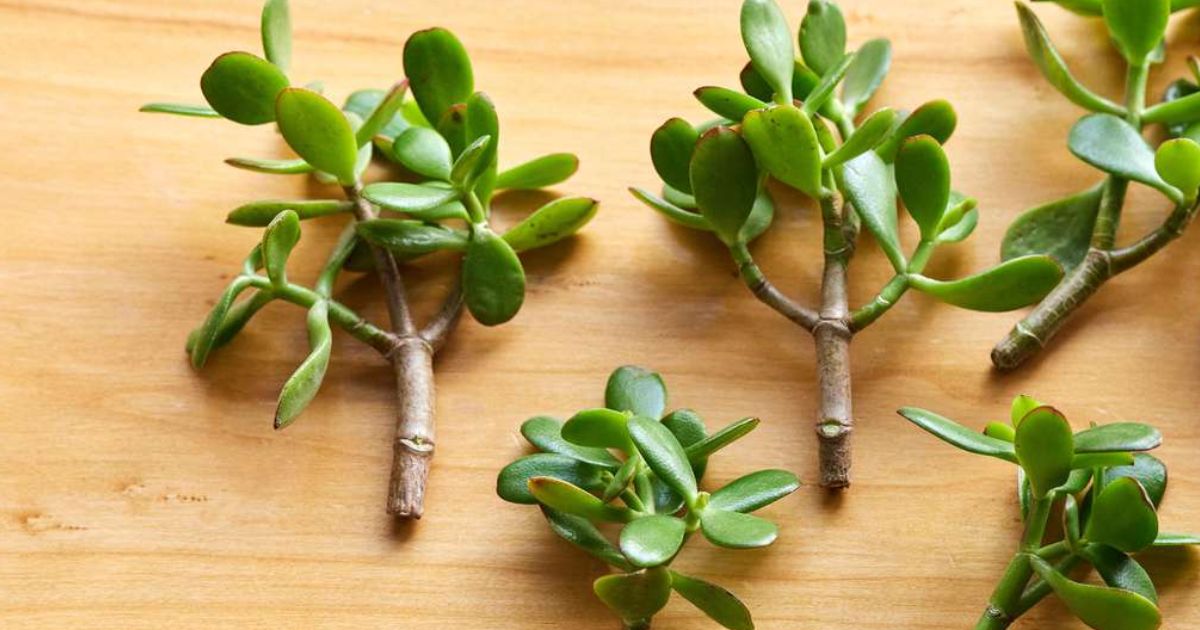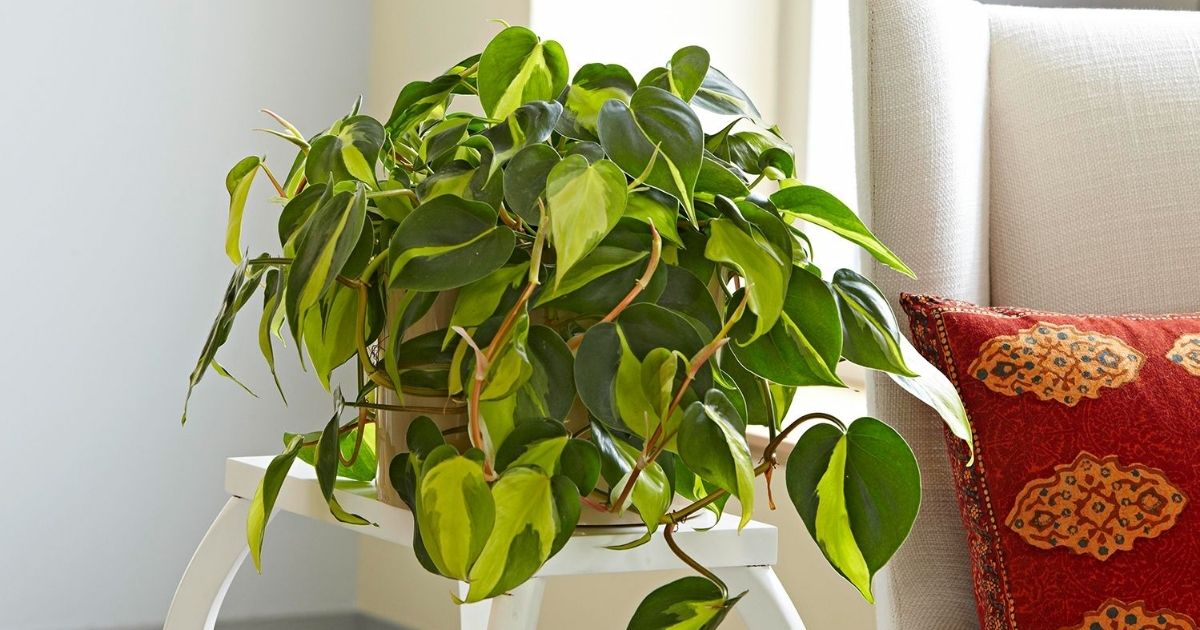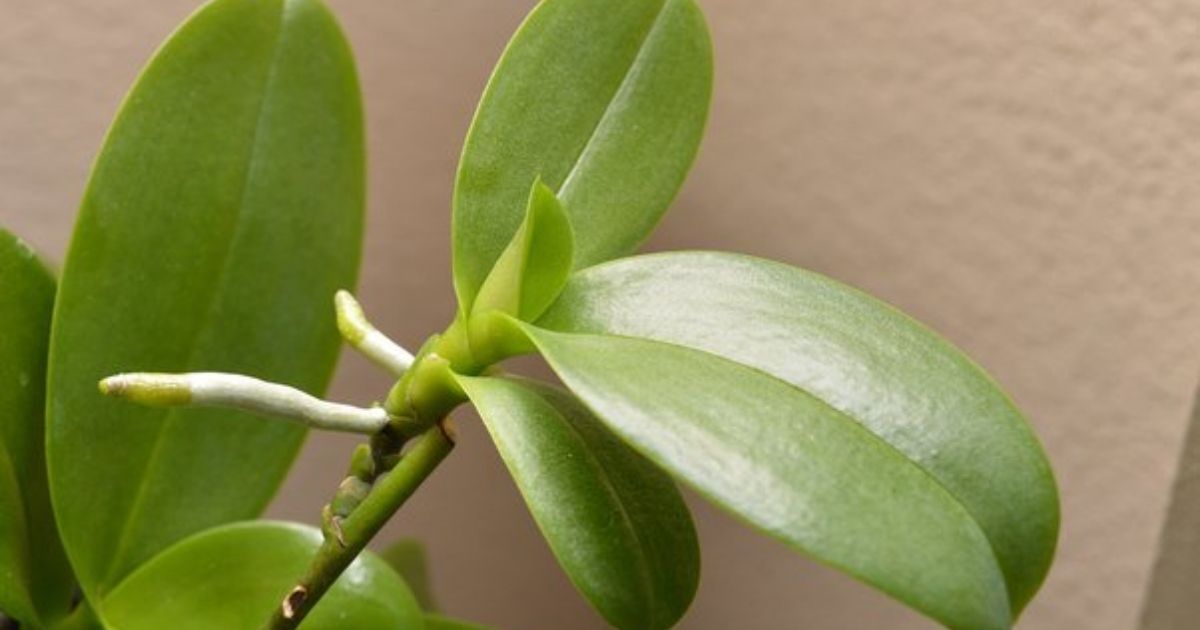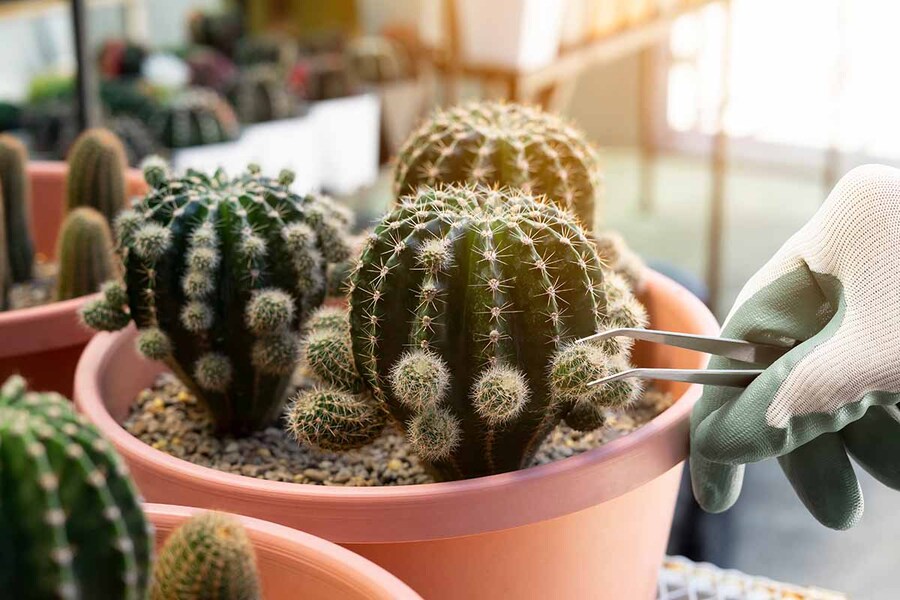How To Propagate Plants In Water: The Ultimate Guide 2024
Many plants propagate best in potting soil, but some can be propagated in water because they have evolved in a suitable environment. However, understanding how to propagate plants in water is a big headache for many beginners.
No worries. If you find rooting plants in water interesting and want to adopt this technique, then this step-by-step guide is for you.
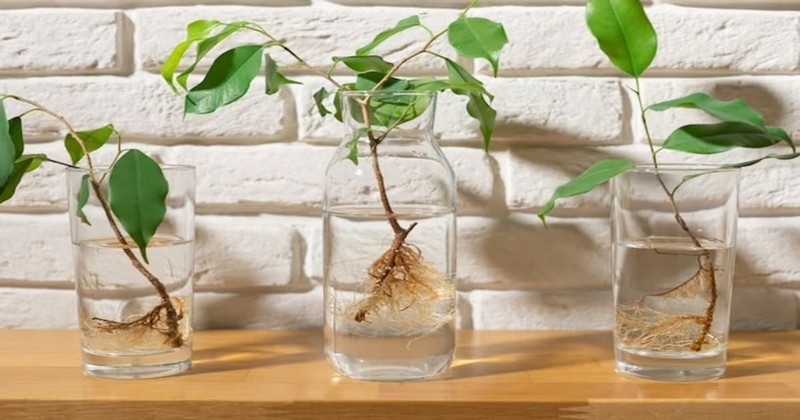
Table of Contents
- The Benefits Of Propagating Plants In Waters
- How To Propagate Plants In Water In 6 Steps
- Best Plants to Propagate in Water
- Tomatoes
- African Violet (Saintpaulia ionantha)
- Baby's Tears (Soleirolia soleirolii)
- Coleus (Plectranthus scutellarioides)
- Impatiens (Impatiens spp.)
- Lucky Bamboo (Dracaena sanderiana)
- Philodendron (Philodendron spp.)
- Spiderwort (Tradescantia zebrina)
- Pothos (Epipremnum aureum)
- Chinese Evergreen (Aglaonema commutatum)
- Frequently Asked Questions
The Benefits Of Propagating Plants In Waters
Water propagation simplifies plant care, making it easy to grow your plants. Let's look at the key pros of water propagation for a low-maintenance mini jungle.
- Easier and less messy. Water propagation eliminates the need for soil, which can be messy to work with and can harbour pests and diseases. This makes it a great option for beginners or those short on time.
- Increased success rate. Because you can easily monitor the roots' health and adjust the water level as needed, water propagation can lead to a higher success rate for propagation, especially for delicate plants or those more prone to root rot in the soil.
- Faster root growth. Plants often root faster in water than soil because they have better access to oxygen and water. This allows you to see results quickly.
- Cost-effective. You don't need to buy any special potting mix or fertiliser when propagating plants in water. All you need is a container and some clean water.
- Reduced risk of overwatering. One of the most common mistakes new plant parents make is overwatering, which can lead to root rot and other problems. With water propagation, you can easily control the amount of water.
- Visually appealing. Seeing the roots grow and develop in water can be quite fascinating and adds a decorative touch to your home.
- Suitable for a wider range of plants. While not all plants are suitable for water propagation, many common houseplants, such as pothos, philodendrons, spider plants, and even some vegetables and herbs, can be successfully propagated in this way.
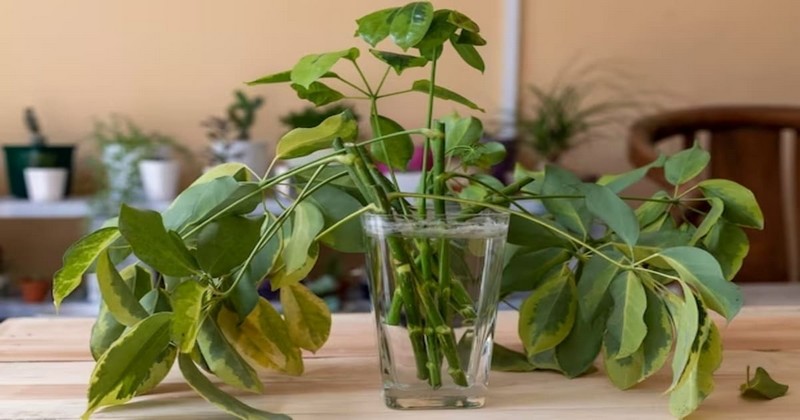
See more: How To Propagate Money Tree: 3 Easy & Fastest Ways
How To Propagate Plants In Water In 6 Steps
How to root plant cuttings in water is not as hard as you imagine. To demonstrate this, let’s follow the section below.
What you'll need
- Healthy parent plant. Choose a healthy, mature plant that is actively growing. Avoid taking cuttings from stressed, diseased, or pest-infected plants.
- Sharp pruners or shears. Use sharp, clean pruners or shears to make clean cuts on your plant stems. This will prevent disease and encourage healthy root growth.
- Container. You can propagate your plants in water using any clean and big container, such as a glass jar, vase, mug, or test tube.
- Clean water. Use filtered or tap water sitting out for at least 24 hours to allow chlorine and other chemicals to evaporate.
- Optional: Rooting hormone. While not essential, rooting hormones can help promote root growth, especially for plants that are difficult to propagate in water.
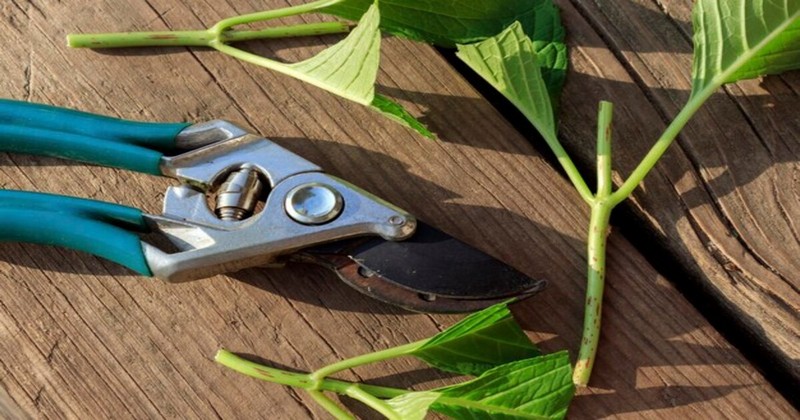
See more: How To Propagate A Peach Tree: Basic Steps for Beginners
Instruction
- Find the location where you will snip your cutting from the main plant. While not all cuttings have root nodes, most of them do.
- Once you find the root node, carefully cut just below it using a clean, sharp knife or scissors. Cut about 1/4 inch below the node.
- Place the cutting in a clean glass and pour enough room temperature water to cover the cutting nodes. Remember to change the water to a fresh room temperature every 3-5 days.
- Wait and care as your roots mature! This process can take weeks to months, depending on the plant.
- Once your roots reach approximately 3″-5″, it's time to place the cutting in the soil!
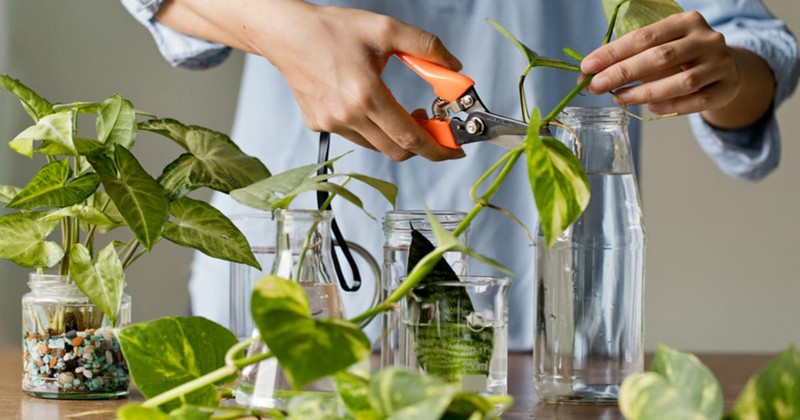
See more: How To Propagate Pine Trees: Step-By-Step Guide for Starters
Best Plants to Propagate in Water
Many common houseplants and succulents grow roots when propagated in water. See the list below.
Tomatoes
Propagating tomatoes through water can significantly speed up their growth. In particular, a water-propagated tomato cutting can reduce the time it takes for a new plant to reach maturity by six to eight weeks, which is especially beneficial for gardens with shorter growing seasons.

To propagate tomatoes, you should remove a "tomato sucker" (a shoot that grows between the main stem and a leaf) when it is 2 inches to 4 inches tall. These cuttings should be placed in water, where they will start rooting within seven days and can be transplanted into the soil once the roots are 1 inch to 2 inches long.
African Violet (Saintpaulia ionantha)
Growing African violet plants from leaves in water is great for cloning plants. However, certain multi-coloured violets may yield plants with solid-coloured flowers.
To begin the process, choose young and healthy African violet leaves. Cut the leaf with approximately two inches of stem and place it in a bottle with a narrow neck. The bottle should be designed to keep the leaf suspended and dry.
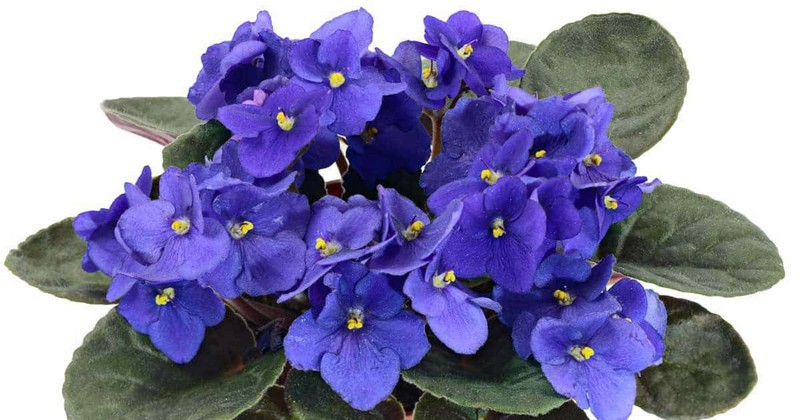
Roots take approximately a month to form; over time, a tiny plantlet will begin to develop with its crown.
Baby's Tears (Soleirolia soleirolii)
Baby's tears plants are creeping plants that produce numerous tiny leaves, forming a dense and delicate trailing mat. You can grow this plant in water by pinching off a cluster of stems, with or without roots.
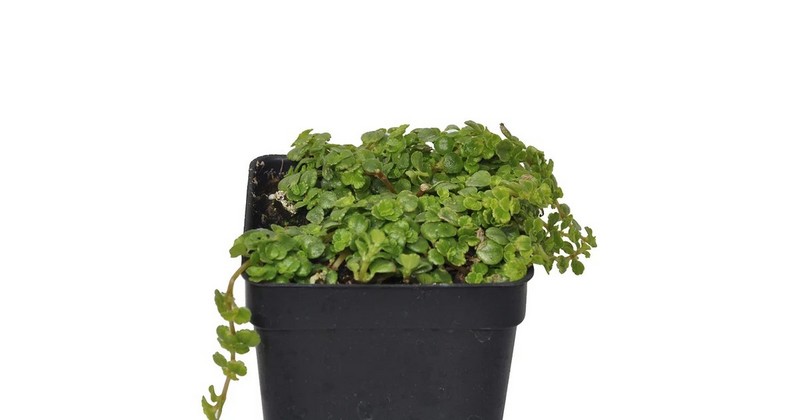
However, since baby's tears plants grow many leaves along their stems, submerged leaves may begin to rot. Changing the water weekly to remove floating leaves and decrease the water level once the roots are well-formed is important.
See more: How To Propagate Fig Tree: A Comprehensive Guide By Experts.
Coleus (Plectranthus scutellarioides)
With a wide variety of new coleus plants hitting the market each spring, designing an entire garden around this tropical plant's colourful leaves is easy. As coleus plants have become more popular, their prices have increased accordingly.
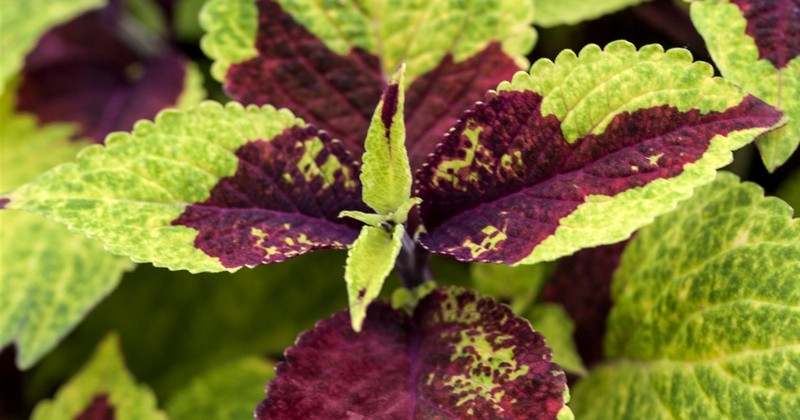
However, it's still easy to propagate and grow coleus plants in water, allowing you to create a beautiful colony of these handsome plants.
To grow coleus plants in water, take a 6-inch cutting and remove the leaves from the bottom four inches. Put the cutting in a glass or vase, and roots will begin to form in several weeks. To help your coleus plants thrive, add compost tea to the water during monthly adjustments.
Impatiens (Impatiens spp.)
Impatiens are popular plants for shady gardens, but keeping them moist can be challenging. They love water so much that they can grow as marginal pond plants.

You can snip off a few stems and overwinter them in a vase at the end of the growing season. They will root and grow as exact copies of the parent plant. Doing so gives you a free supply of impatiens to plant in your shady garden come springtime.
Lucky Bamboo (Dracaena sanderiana)
Lucky bamboo is a plant that doesn't require soil to grow. You can train its sturdy stalks into interesting shapes, such as spirals or weaves, while still thriving in water.
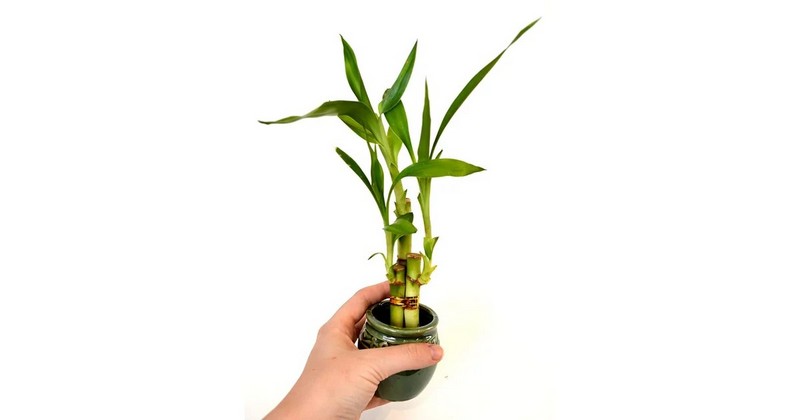
However, these additions can make the plant top-heavy and may need additional support to prevent it from tipping over. To add more visual appeal, you can surround the bamboo with colorful rocks or gravel.
Philodendron (Philodendron spp.)
Growing philodendron plants in water is an ultra-easy task and a great way to start growing plants.
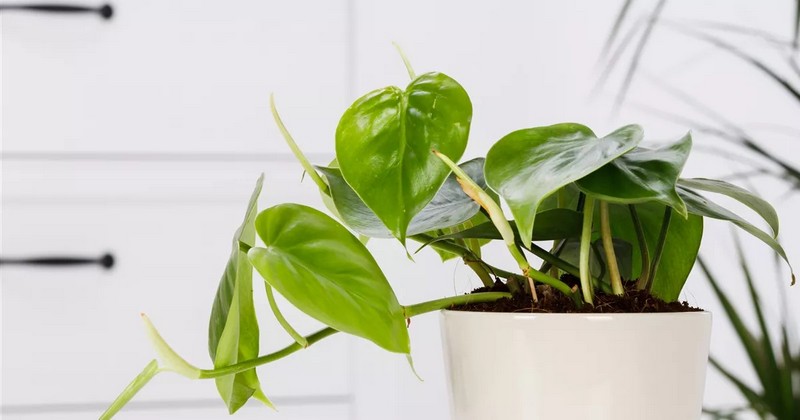
You can take several stems from an established philodendron plant and donate them for water cultivation. These stems can be placed in vases of different sizes and colours, adding to the charm of your home. Philodendron plants are versatile and can thrive in all types of sunlight conditions.
However, if you notice more stem growth than leaf growth, it is recommended to provide brighter lighting to produce more leaves.
Spiderwort (Tradescantia zebrina)
Spiderwort plants, or inch plants, are a perfect choice for those looking for a low-maintenance houseplant that adds colour to their collection. The zebra-striped and purple-leafed cultivars are ideal for indoor living and create a beautiful focal point in rooms with moderate light.
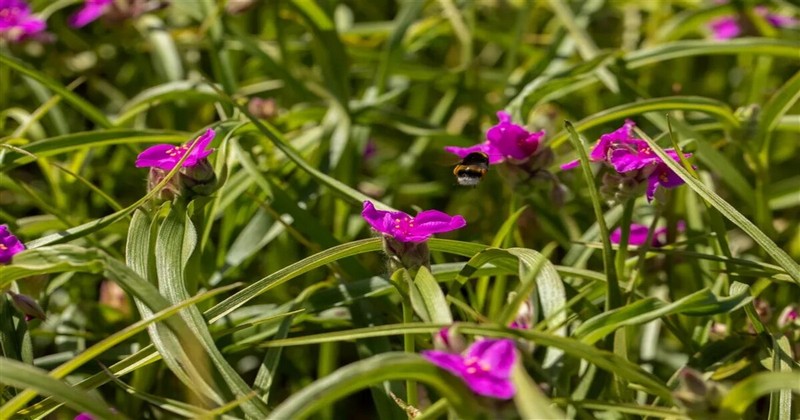
If you take a closer look at the leaf nodes along the stem of a spiderwort, you'll notice small root nubs waiting to grow. You can easily propagate this plant by adding several stems to a mason jar or vase. Soon, you'll have spiderwebs to add to your collection.
It's important to note that spiderwort plants are fast growers and require regular pruning, especially when grown in a water-only medium. The plant can become top-heavy and fall out of its vase if left untended.
Pothos (Epipremnum aureum)
This plant is a trailing vine from the South Pacific. It has pointed, heart-shaped green leaves, sometimes with white, yellow, or pale green striations.
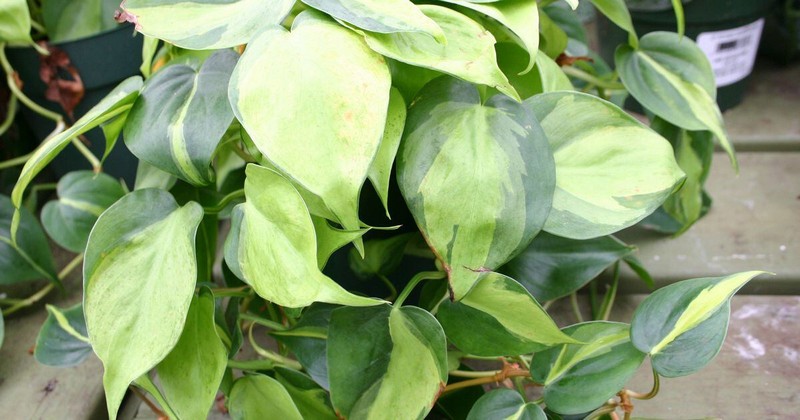
To propagate the plant, cut a length of pothos vine with 3 or 4 nodes. You should cut the leaves on the lower part of the vine since any leaves left underwater will rot. Pothos is a fast-growing plant that can develop up to a foot in a month.
Chinese Evergreen (Aglaonema commutatum)
Although it is called an evergreen, the Chinese evergreen is actually a tropical plant with floppy green leaves native to Asia. It can only grow in warmer climates.
To propagate it in water, you will need a sterilised pruner or snips to cut a healthy six-inch stem from a mature Chinese evergreen plant. Put the cut end of the stem into the water and remove the bottom leaves under water. After three to four weeks, roots should start to appear.

Keep the plant in indirect sunlight and change the water every three days. Additionally, giving the plant a few drops of water-soluble, liquid fertilizer monthly can help promote growth.
That's all you have to do! As you can see, how to propagate plants in water is not as complicated as you imagine. Now you can make your own plants and trade with your friends. If you want to explore more about rooting plants in water, visit Benchmark Hydroponics now!
Frequently Asked Questions
Can You Propagate Plants In Just Water?
It depends. Many indoor houseplants, such as begonias, coleus, polka-dot plants, ivies, and philodendrons, root easily in water. Other plants, including many woody plants such as hibiscus and citrus, will not root well in water. They usually rot before rooting plants in water.
Should You Let Cuttings Dry Before Putting In Water?
No. Herbaceous cuttings root faster than woody plants as they contain less lignin. Therefore, ensure they don't dry out.
How Long Can Propagate Plants Stay In Water?
As long as you give them proper nutrients in the water, they can thrive indefinitely without soil.
